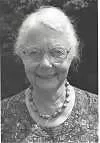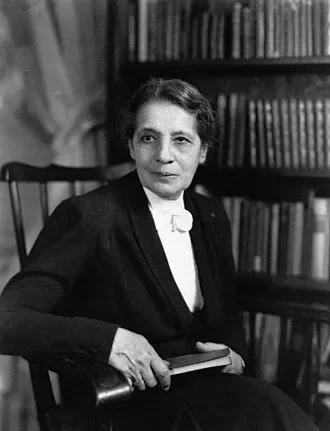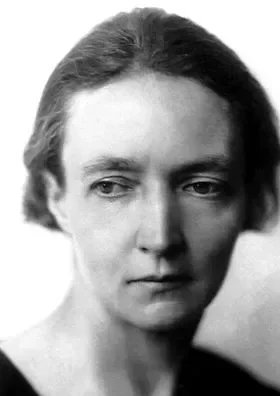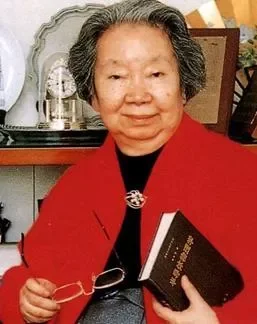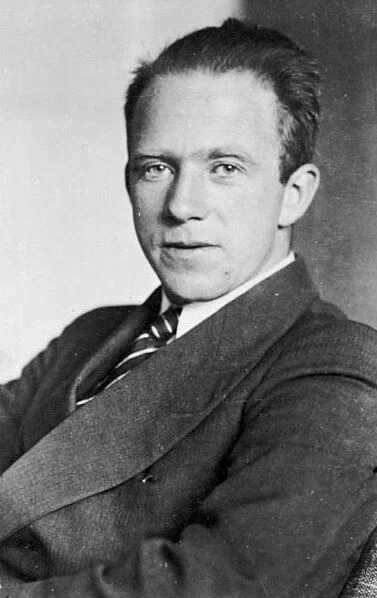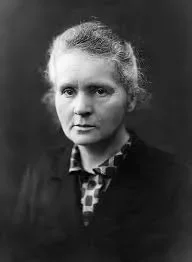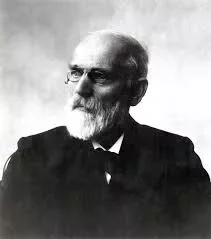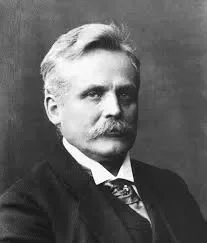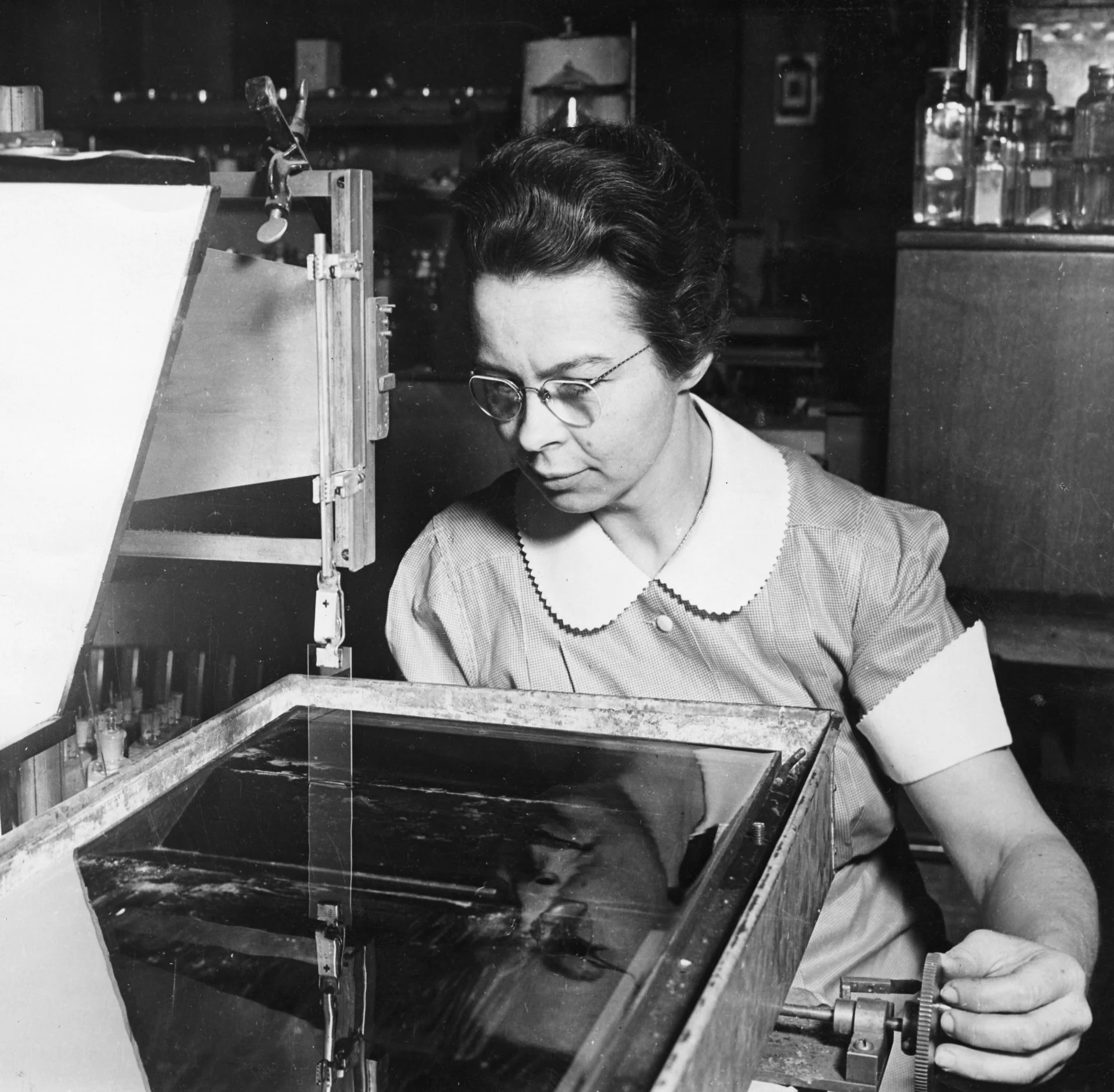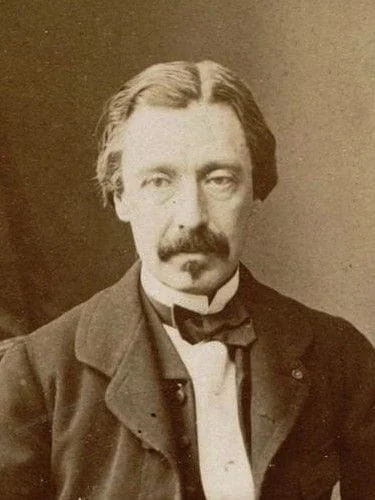Real Celebrities Never Die!
OR
Search For Past Celebrities Whose Birthday You Share
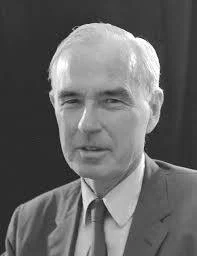
source:gstatic.com
Willis Lamb
Birthday:
12 Jul, 1913
Date of Death:
15 May, 2008
Cause of death:
Gallstone disorder
Nationality:
American
Famous As:
Physicist
Age at the time of death:
94
Early Life and Education
Willis Lamb Jr. was an American physicist renowned for earning the Nobel Prize in Physics in 1955 for his discovery of the Lamb shift in hydrogen. He significantly contributed to physics by identifying surprising shifts in electron energies within a hydrogen atom.
Willis Lamb was born on July 12, 1913, in Los Angeles, California. His father, Willis Eugene Lamb, was a telephone engineer, and his mother, Marie Helen Metcalf, was from Nebraska. He attended school in Oakland, California, for three years before continuing his education in Los Angeles public schools. Lamb obtained his Bachelor’s degree in Chemistry in 1934 from the University of California, Berkeley. In 1938, he earned a Ph.D. in theoretical physics from the same university, focusing his research on the electromagnetic properties of nuclear systems.
Academic Career and Research
Willis Lamb began his academic career in 1938 as an instructor in physics at Columbia University. He later advanced to the position of professor. During the late 1940s, Lamb worked at the Columbia Radiation Laboratory, where he conducted groundbreaking research that led to his discovery of the Lamb shift in hydrogen. This discovery earned him the Nobel Prize in Physics and cemented his place in the field of quantum electrodynamics.
Later Academic Positions
In 1951, Lamb joined Stanford University in California as a professor of physics. His academic journey also included tenures at the University of Oxford, Yale University, and the University of Arizona. His work spanned a variety of institutions, enriching the scientific community wherever he went.
Willis Lamb's Quote's
Contributions to Science
Lamb’s career focused on several areas of physics, including quantum electrodynamics, laser physics, nuclear structure, and quantum measurements. His theoretical work extended to topics such as interactions between neutrons, cosmic ray showers, beta decay, and more. Beyond his scientific discoveries, he made meaningful contributions to the understanding of quantum mechanics.
Awards and Honors
Throughout his career, Lamb received numerous accolades. These included the Rumford Premium from the American Academy of Arts and Sciences, an honorary Doctor of Science degree from the University of Pennsylvania, and the Research Corporation Award, among others.
Death and Legacy
Willis Eugene Lamb Jr. passed away on May 15, 2008, at the age of 94 in Tucson, Arizona, due to complications from a gallstone disorder. His death marked the conclusion of a life dedicated to significant achievements in science, particularly in quantum electrodynamics and the understanding of atomic structure.
Name:
Willis Lamb
Popular Name:
Willis Lamb
Gender:
Male
Cause of Death:
Gallstone disorder
Spouse:
Place of Birth:
Los Angeles, California, U.S.
Place of Death:
Tucson, Arizona, U.S.
Occupation / Profession:
Personality Type
Logician: Innovative inventors with an unquenchable thirst for knowledge. Willis Lamb was known for his many unique inventions.
Willis Lamb married Ursula Schäfera a renowned American historian specializing in Latin American history.
Willis Lamb’s doctoral guide was J. Robert Oppenheimer, a theoretical physicist who was the director of the Manhattan Project.
Guthrie Lecture (1958)
National Medal of Science (2000)
Einstein Prize for Laser Science (1982)
Nobel Prize in Physics (1955)

